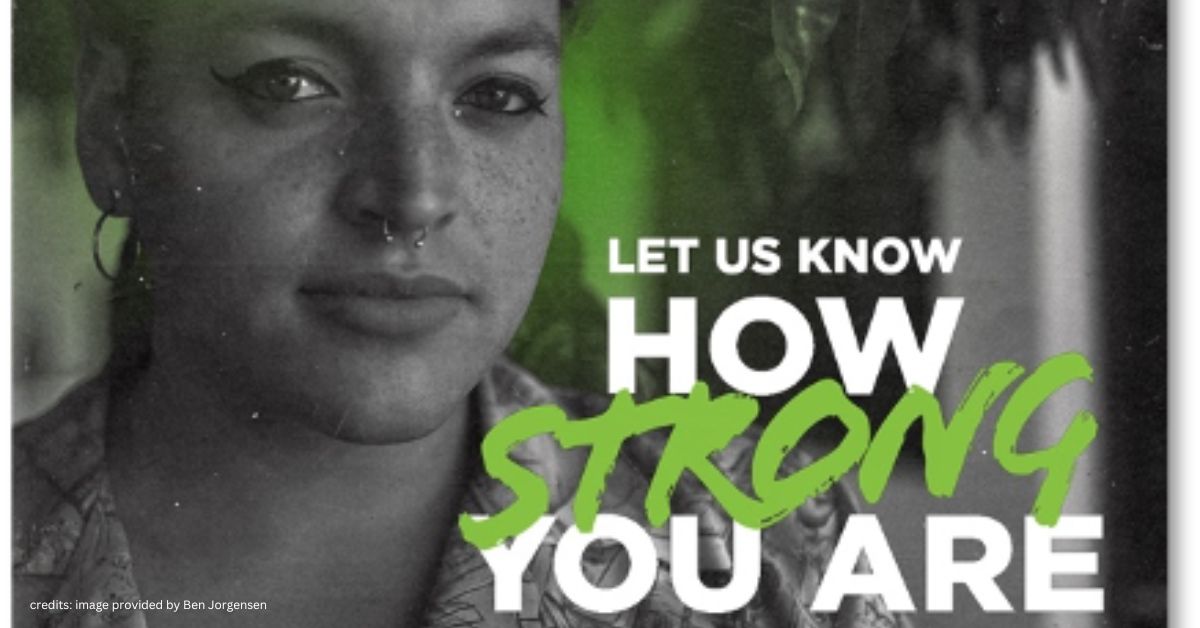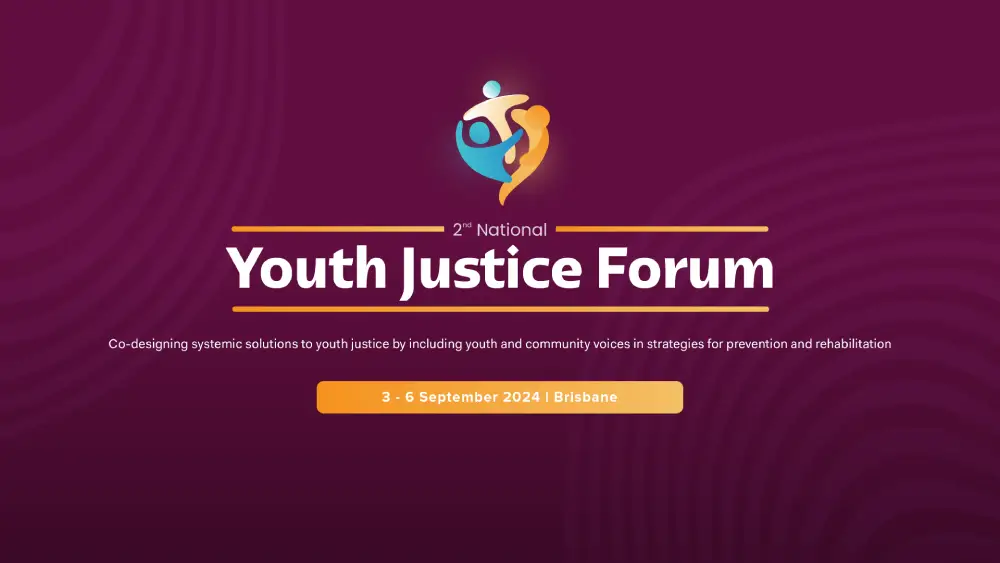There is no shortage of people championing social media for not-for-profit (NFP) organisations. As broader demographics embrace new forms of technology, the question about the strategic use of social media is not about ‘if’ but ‘when’.
For early adopters, being able to engage people on social networks seemed like a dream come true – a space where organisations could directly build relationships with their stakeholders online. Furthermore, the companies running the social networks and monitoring tools provided rich insights into the demographics of your audience – all for free.
In essence, Facebook’s boast of having over 1.2 billion users is the demographic data that gives Facebook – and other social networks – its financial value. If you’ve ever wondered what sort of data is accessible, you need only look at Facebook’s advertising and Graph Search features.
While Facebook Ads allow you to target very specific groups of people with particular interests, Graph Search takes it a step further. Launched in July 2013, Graph Search allows individuals to search for elaborate terms – such as “friends of my friends who work nearby” or “photos of people who like Giving Tuesday Australia” – to find any information publically available on the social network, including public information on personal profiles. Facebook also offers page owners information about their ‘fans’, such as when they are most likely to be online, what sort of posts (e.g. photos, text, links) they prefer and other demographics.
Needless to say, this sort of public data can be a valuable source of information for NFPs who are looking to build relationships, increase donations or even look for new avenues for service delivery. However, over the years, each of the major social networks have significantly changed their models and focal points as they scramble to make a buck from their ‘free’ offering and still remain relevant – none more so than Facebook.
As the largest social network in Australia with 12 million monthly users, Facebook’s approach to monetising its platform and its wealth of data naturally captures the attention of those using social media for community engagement.
Late in 2013, Facebook announced that it expected fewer individuals to see updates from business pages due to changes in its filtering algorithm, much to the outrage of many page owners, businesses and NFPs alike. This was followed in March 2013 by an announcement that Facebook’s advertising structure would also be undergoing a significant update. Social media managers quickly realised that Facebook was driving pages towards advertising.
While Facebook advertising has always been a paid affair, it was possible – with enough time and insight – to bypass the need to pay and simply use Facebook’s ‘organic’ processes to build an audience
and engage them. However, that is no longer the case.
One may wonder, what exactly are you paying for? While creating an account for an organisation on the mainstream social networks is generally free – along with access to any data they make available to you – you pay for your content to be seen.
Therein lies the issue with social networks and social media right now – the massive flow of conversation and content can seem like noise, and cutting through that noise will remain a challenge for anyone not willing to commit financially.
Each social network deals with that flow of content differently. Twitter has traditionally been a real-time feed of everything that is happening, but the company is now working on contextualising conversations better and adding more visual elements to its once text-only base. However, any tweets that are sent can still be lost in the social ether.
Facebook is a little different – it actively filters out what people may see from their friends and organisations they ‘like’ according to their own, semi-secret algorithm. This means any updates you make on your Facebook page may only reach 17 per cent or less of the people who ‘like’ your page, and only a percentage of those people will engage with your content. When you pay for advertising, you are paying to break out of those mechanisms and be seen by more people – and being seen is the key to engagement which, in turn, is the fuel of the social media engine.
Right now, we are seeing both the maturing of social media as a real means of community engagement and the increase in ‘noise’. If you want to make social media work for your organisation, you need to pay for it. You may pay for advertising or you may pay for higher quality content that will be shared organically, but you should always pay for experienced, responsible management of your presence on social networks and follow on by providing the resources needed to grow that presence.
Putting a financial figure against your social media presence naturally brings a level of accountability and the need for a social media strategy. 2014 is the year to get serious about social media and how your organisation can use it to meet its goals and objectives.
















































































































































